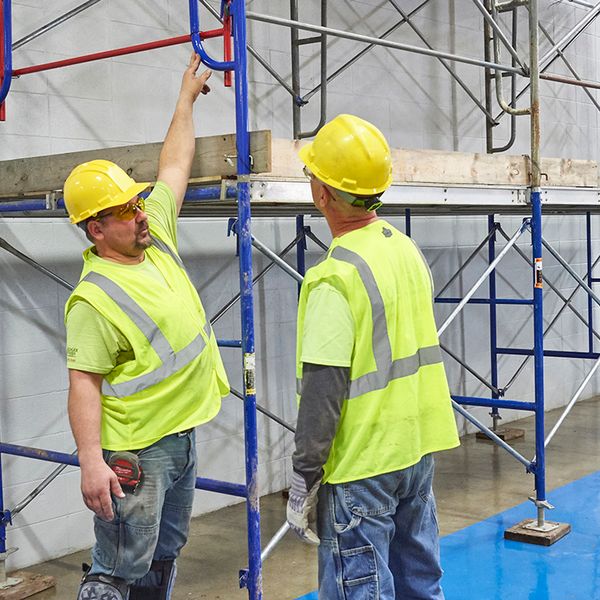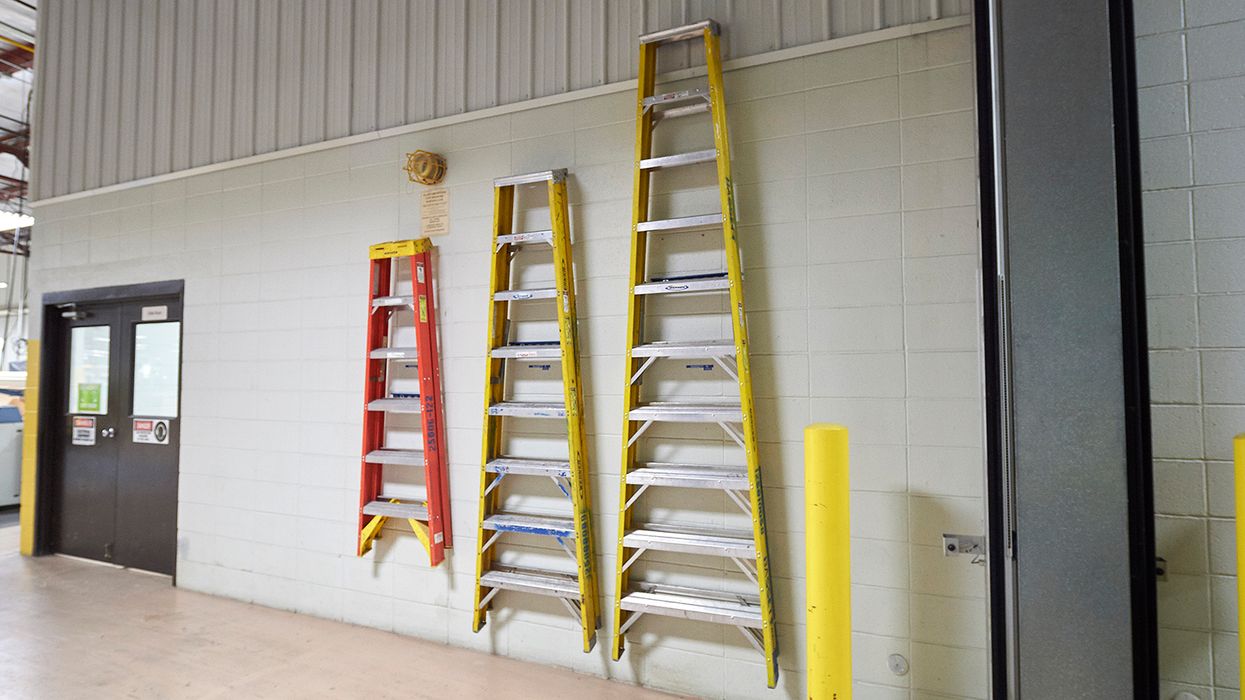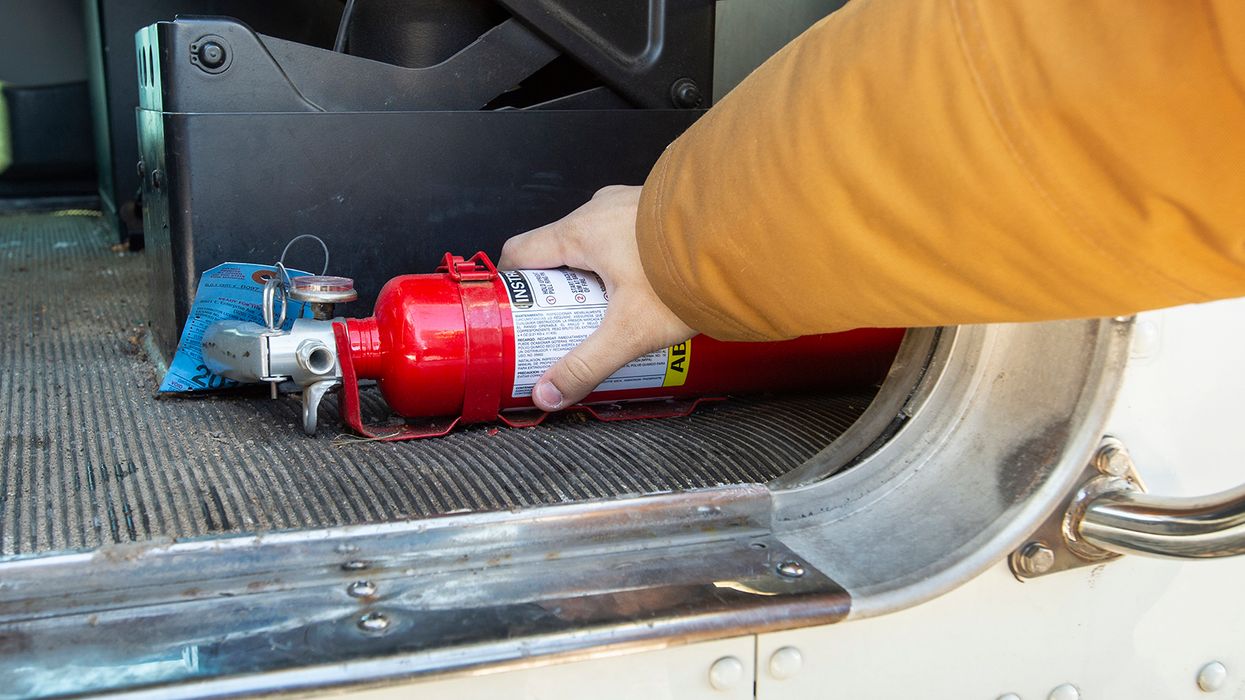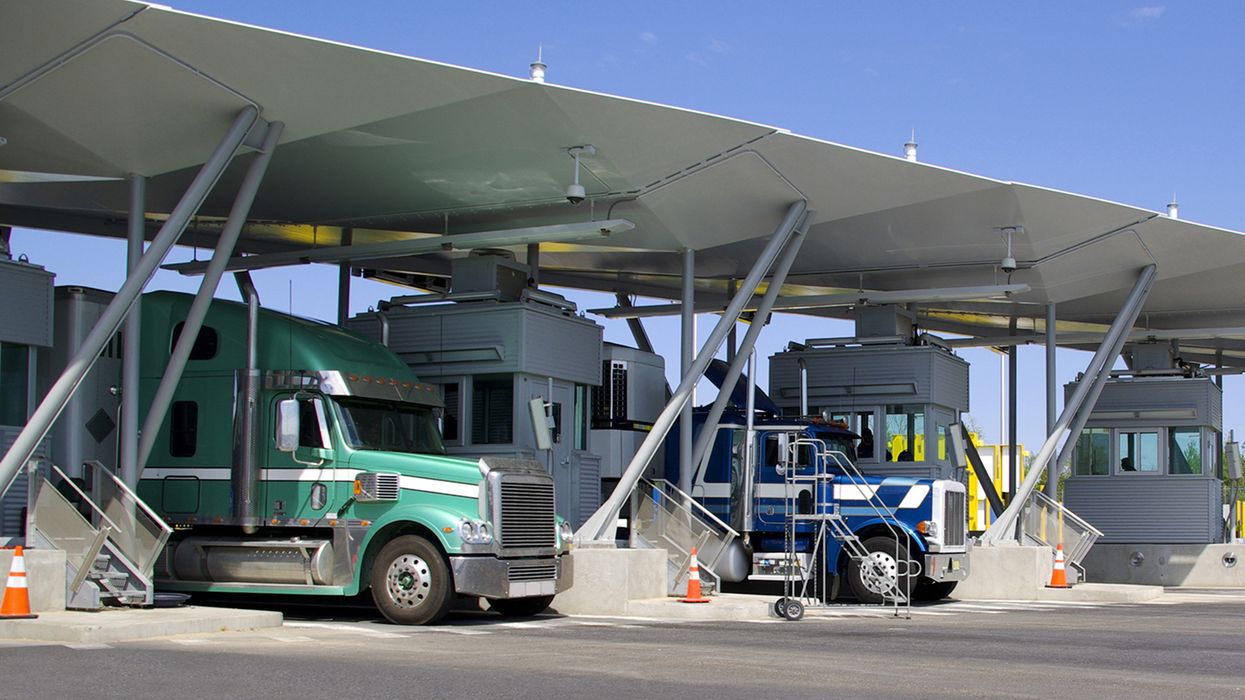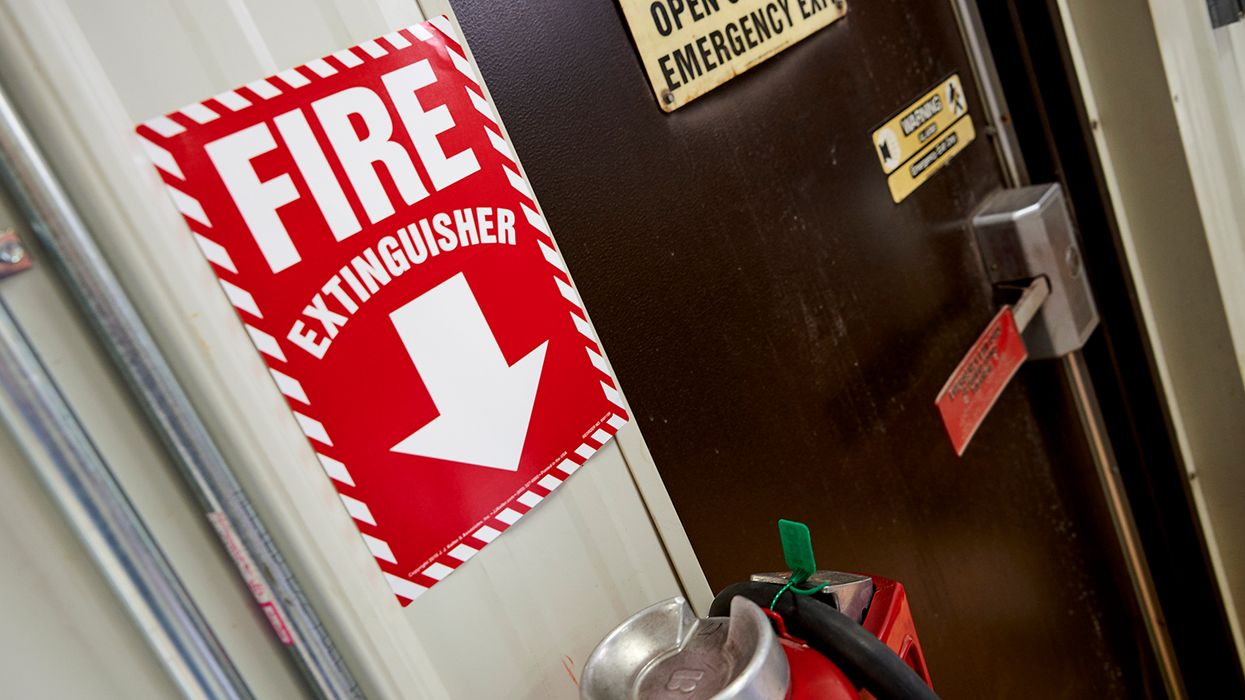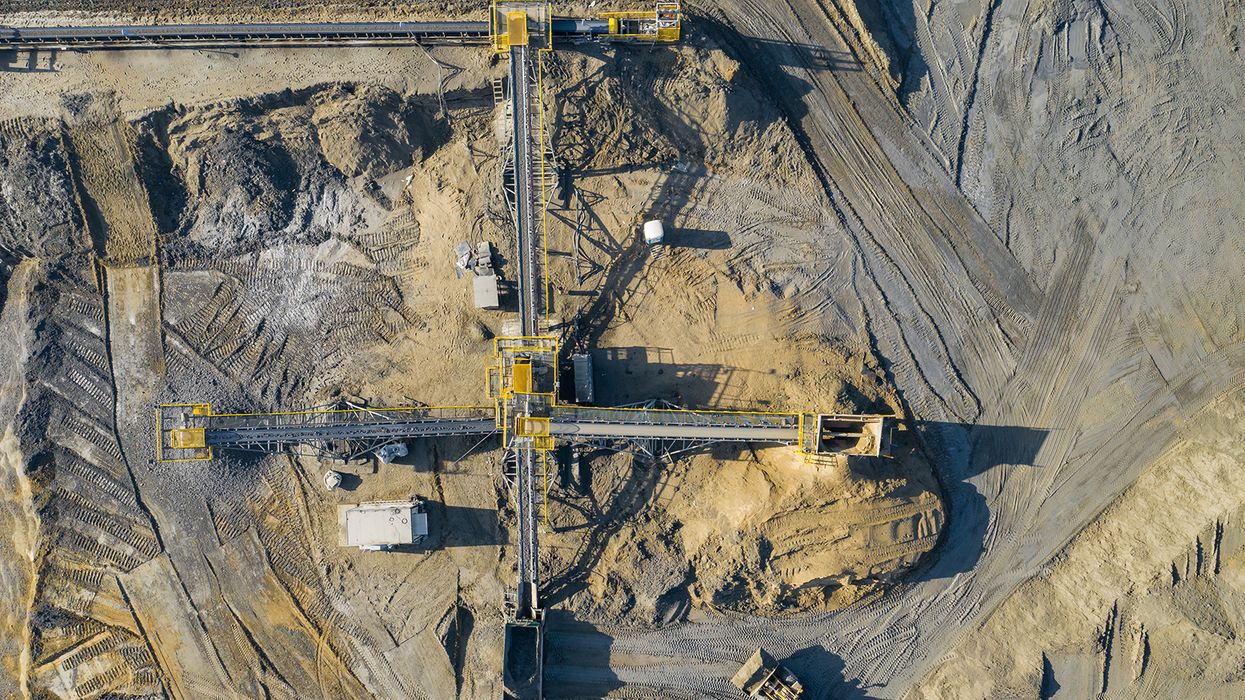Tips on retraining scissor lift operators
Do you know when to retrain your scissor lift operators? OSHA has specific retraining requirements for scissor lifts to help keep employee skills up-to-date.
Did you know? Scissor lifts are not aerial lifts, at least by OSHA’s definition. They’re considered mobile scaffolding under the scaffolding standard and have more specific requirements listed than the more ambiguously worded aerial lift standard.
OSHA lists three retraining requirements in 29 CFR 1926.454. Employees must be retrained when:
• There are new hazards introduced to the work environment,
• There are changes in the equipment or fall protection, and
• An employee shows a lack of skill or inadequate knowledge to safety use the lift.
Examples of a retraining situation include:
• New model or type of scissor lift. If an employee is using a new model, manufacturer or type of scissor lift, there are different controls and use considerations. Operators may need to trained on the specific features and operation of the lift.
• New hazards. If there are new hazards are introduced to the work area that operators have not received training on, then operators need to be retrained on how to manage the new hazard if they’ve not already received training
• Injuries or near misses. If an employee is involved in an injury or near miss incident while operating a scissor lift, it could indicate a lack of proficiency. They should be retrained on safe operating procedures.
Training tips
When looking at retraining employees, employers should consider the length of time since the last training and how often employees are using their skills. Employees should be retrained on scissor lift safety procedures on a regular basis, especially if they only use the lifts intermittently. Here are additional tips for employers to help ensure the safe operation of scissor lifts:
• Provide employees with the proper training and equipment.
• Inspect scissor lifts regularly for safety hazards and proper function.
• Establish and enforce consistent safety procedures for the safe use of the lifts.
• Reevaluate employee’s skills in operating scissor lifts safely before completing their retraining.
By following these tips, employers can help to create a safe and productive work environment for their employees.
Key to remember
It’s important for employers to ensure that their workers are initially trained and retrained as needed on the safe operation of scissor lifts. This will ensure they keep their scissor lift skills sharp, help to prevent injuries, and avoid accidents.






